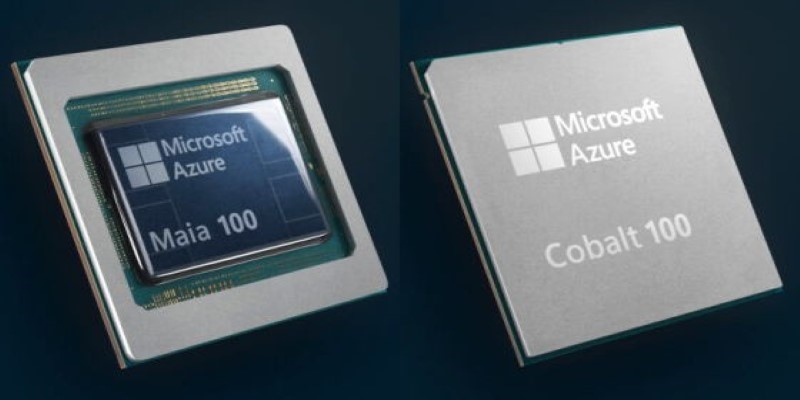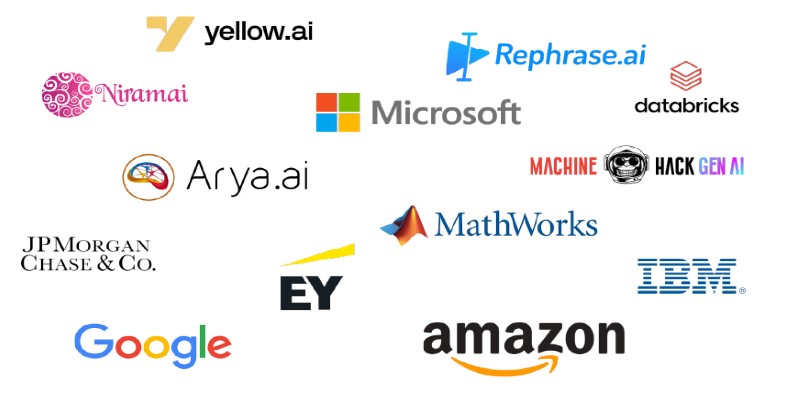Advertisement
Not every machine-learning role is about building models or tweaking algorithms. Some roles are about understanding what those models actually mean once they’re in the wild. The Director of Machine Learning Insights is that kind of role—less about code, more about context. It’s for someone who sees beyond precision scores and understands how insights shape decisions, shift strategies, and sometimes call for a pause instead of a push. This isn’t a role tucked away in technical detail. It’s one that connects the dots between data and direction, making sense of the noise so the business can move with clarity.
This role connects machine learning efforts with real-world business impact. Most teams have experts who can build sophisticated models. Fewer have someone who can translate those models into insight that drives decisions. That’s the core function of a Director of Machine Learning Insights.

They help define what questions are worth asking and whether the results matter outside the lab. They work with teams to focus not just on what a model can do but on whether it should be used in a particular context. High accuracy may not mean much if it doesn't change anything for the customer or the company.
These directors also play a cross-functional role. They interact with executives, product managers, and engineering teams, helping each group understand the implications of data and models. Their strength is in asking better questions, challenging assumptions, and connecting dots that often stay siloed.
Communication is key. They need to be clear with both technical and non-technical people—translating metrics into implications and explaining why a seemingly good model might still be the wrong tool for the job.
This role requires range. Technical depth is a given, but the ability to interpret what a model means for a business or user is what sets this position apart. Directors of Machine Learning Insights understand the entire pipeline—from raw data to final decision.
They are skilled at judging data quality and stability. When a model performs well, they’re the ones asking if that performance is sustainable or if it’s driven by noise. They focus on repeatability and reliability, not just a single metric that looks good in testing.
Their thinking is guided by outcomes. They care about whether a recommendation led to improved engagement or if a forecast reduced waste. Insight isn't about listing numbers—it's about making sense of them. They filter out the noise and highlight what truly matters.
Prioritization is another core strength. These directors know there’s never enough time to explore every idea, so they focus on areas with lasting value. They guide teams toward work that aligns with the company’s direction and can be maintained over time.
They also serve as the conscience of the machine learning effort—raising issues about fairness, transparency, and long-term risks. That judgment is what gives their insights weight, especially when the right answer isn’t obvious.
This isn’t a general leadership role or a strategy-only position. While a Chief Data Officer shapes overall data policy, and a VP of AI may focus on infrastructure or hiring, the Director of Machine Learning Insights stays close to the models and the questions they answer.

They deal in application, not just theory. They think about how users interact with systems shaped by machine learning, how those systems adapt, and what unintended behaviours might show up over time.
This position is most effective in companies where machine learning touches core processes—logistics, personalization, fraud detection, or product recommendations. In these settings, insights from models can directly influence business outcomes, and small changes can ripple across teams.
The role isn’t confined to a department. These directors join planning meetings, product reviews, and roadmap sessions. They help define how success is measured and whether machine learning is even the right tool for the problem. Their perspective keeps teams grounded.
Machine learning is now embedded in how many businesses operate. It shapes product experiences, streamlines operations, and drives decisions. But that reliance also raises the stakes. It’s not enough to have high-performing models. Companies need to know what those models are doing and how they affect outcomes.
That’s what makes this role increasingly necessary. The Director of Machine Learning Insights doesn’t just interpret models—they make sense of their impact. They help teams avoid shallow wins and focus on long-term benefits. They spot issues early and ask the hard questions before systems go live.
As more companies automate, the need for human judgment around these systems becomes even clearer. Models alone don’t lead. People who understand them—and know how to apply them wisely—do.
This director role combines skepticism with clarity. It’s not about chasing the latest algorithm but about choosing the right tool for the job. It brings a level of maturity to machine learning programs, pushing beyond experimentation into sustained value.
The demand for these skills won't fade. As machine learning becomes more common, the organizations that stand out will be those that understand what their models are doing when to trust them, and when to challenge them.
The Director of Machine Learning Insights plays a role that sits between data science and decision-making. They turn model results into guidance and guidance into measurable action. Their work helps organizations avoid false confidence in numbers and use machine learning in smarter, more grounded ways. As more companies adopt AI at scale, the ability to interpret, question, and apply model insights becomes central—not optional. In Part 2, we’ll look at how these directors shape long-term AI strategy and prevent machine learning from becoming a black box inside the business.
Advertisement

Microsoft’s in-house Maia 100 and Cobalt CPU mark a strategic shift in AI and cloud infrastructure. Learn how these custom chips power Azure services with better performance and control

Discover 26 interesting ways to use ChatGPT in daily life—from learning new skills and writing better content to planning trips and improving productivity. This guide shows how this AI tool helps simplify tasks, boost creativity, and make your workday easier

How Hugging Face Accelerate works with FSDP and DeepSpeed to streamline large-scale model training. Learn the differences, strengths, and real-world use cases of each backend

How to Integrate AI in a Physical Environment through a clear, step-by-step process. This guide explains how to connect data, sensors, and software to create intelligent spaces that adapt, learn, and improve over time

How the EV charging industry is leveraging AI to optimize smart meter data, predict demand, enhance efficiency, and support a smarter, more sustainable energy grid

Learn key differences between RPA and BPM to enhance workflow automation strategy and boost enterprise process efficiency

Learn how to use ChatGPT for customer service to improve efficiency, handle FAQs, and deliver 24/7 support at scale

Explore how generative AI transforms content, design, healthcare, and code development with practical tools and use cases

Understand how GPT's decoder-only transformer works, its advantages, challenges, and why it is transforming the future of AI

Which data science companies are actually making a difference in 2025? These nine firms are reshaping how businesses use data—making it faster, smarter, and more useful

Discover how AI in the construction industry empowers smarter workflows through Industry 4.0 construction technology advances

If you want to assure long-term stability and need a cost-effective solution, then think of building your own GenAI applications